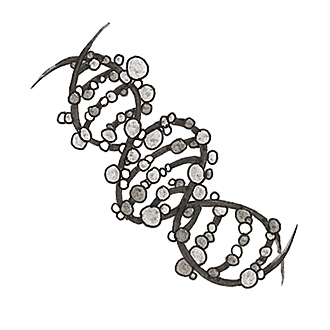
Related Questions
- Is sleep necessary?
- If I have a high risk of cancer, can my genes be modified to avoid it?
- What makes nerve gas so dangerous?
- Why do our bodies make boogers?
- How does a random group of molecules form a thinking, breathing human?
- Why do I have to take some medications every four hours but others only once a day?
- How could biotechnology affect sports in the future?
- Could I put a computer chip in my brain to make me smarter?
- How do medicines know where in the body to start working?
- How do glucometers work?
Can hearts, livers, and kidneys be grown in the lab for human transplants?
Although skin is routinely grown outside the human body and grafted onto living patients, an entire heart, for instance, has not yet been grown in a lab dish…
By Deborah HalberAlthough skin is routinely grown outside the human body and grafted onto living patients, an entire heart, for instance, has not yet been grown in a lab dish.
But MIT researchers have developed a new scaffold with the goal of seeding living heart cells or stem cells that would develop into a patch of cardiac tissue that could be used to treat congenital heart defects, or aid the recovery of tissue damaged by a heart attack. The biodegradable scaffold would be gradually absorbed into the body, leaving behind new tissue.
The accordion-like honeycomb scaffold developed by researchers in the Harvard-MIT Division of Health Sciences and Technology and Draper Laboratory is the first to be explicitly designed to match the structural and mechanical properties of native heart tissue. As a result, it has several advantages over previous cardiac tissue engineering scaffolds.
The team hopes to generate “a whole library of scaffolds for different tissues in need of repair,” said Lisa E. Freed, principal research scientist on the work.
Posted: December 18, 2008